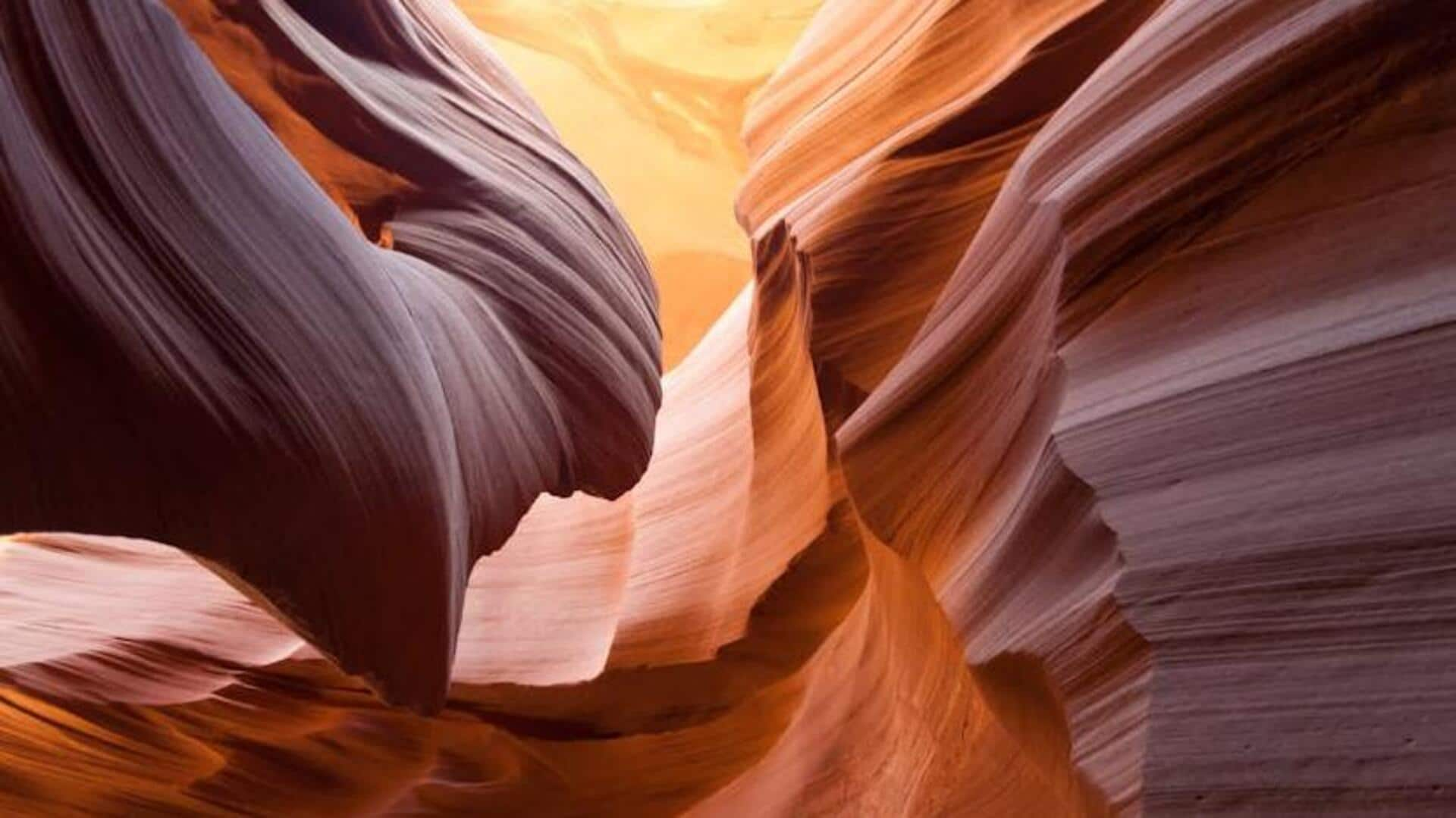
Capturing Antelope Canyon's beauty with this travel guide
What's the story
Antelope Canyon in Arizona, USA, offers a unique blend of natural beauty and photographic opportunities. This slot canyon, known for its wave-like structure and light beams shining down in the narrow openings, provides an unforgettable experience for photographers and nature lovers alike. Managed by the Navajo Nation, it requires guided tours which add an educational element to the visit.
Booking a tour
Plan your photography tour
To capture the stunning beauty of Antelope Canyon, booking a guided photography tour is essential. These specialized tours are designed to cater to photography enthusiasts by providing ample time and optimal lighting conditions for capturing breathtaking images. Ensure to book well in advance as spots fill up quickly due to the canyon's popularity among photographers from around the globe.
Timing matters
Best time for photography
To capture Antelope Canyon's beauty, the ideal time is during midday when sunlight streams directly into its narrow openings, casting mesmerizing light beams. This spectacular display occurs most prominently from March through October. By planning your visit within these months, you significantly enhance your chances of witnessing and photographing the iconic light beams that make Antelope Canyon a renowned photographic location.
Packing right
Essential gear checklist
For a successful photography tour of Antelope Canyon, it's crucial to carry the right gear. A DSLR or mirrorless camera equipped with a wide-angle lens is perfect for capturing the expansive beauty of the canyon walls. Additionally, a sturdy tripod is essential for long exposure shots, and lens filters are recommended to handle the intense light contrasts within the canyon effectively.
Ethical considerations
Respectful photography practices
When photographing Antelope Canyon, ethical practices are crucial. Respect the environment and adhere to tour guidelines. This site is sacred to the Navajo people, so it's important to act with respect. Avoid touching or climbing on the formations to help preserve this site for future generations. This approach ensures photographs are not just images but respectful memories of a magnificent natural wonder.